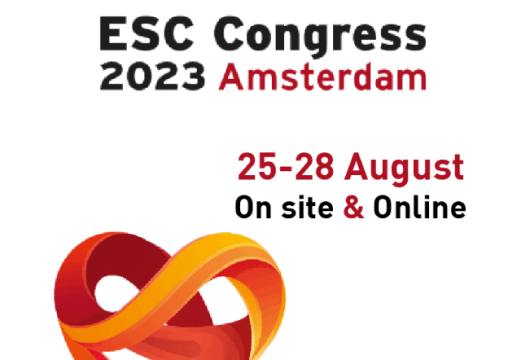An increasing number of patients currently present both an elevated ischemic risk and hemorrhagic risk. This means that the selection of the optimal antiplatelet treatment is a clinical challenge. Several studies have shown that P2Y12 monotherapy after minimum dual antiplatelet therapy (DAPT) is a novel strategy to reduce bleeding risk without increasing ischemic risk. Furthermore, extending P2Y12 monotherapy beyond 9-12 months might be a reasonable strategy for patients with high hemorrhagic and ischemic risk, although this has not been studied.

The objective of this multicenter, retrospective study was to assess clopidogrel monotherapy compared with DAPT (clopidogrel + aspirin) after 9-12 months of DAPT treatment in patients with high hemorrhagic and ischemic risk.
The primary endpoint (PEP) was the rate of BARC 2, 3, 5 bleeding after 9 months of randomization. The secondary endpoint (SEP) was the rate of major adverse cardiac and cerebral events (MACCE).
Researchers randomized a total of 77,758 patients; 3873 of them received clopidogrel + placebo, and 3885 received clopidogrel + aspirin. The mean age was 64 years, and most patients were men. The most frequent clinical presentation was unstable angina in around 60% of patients, followed by ST-segment elevation myocardial infarction (approximately 20%), and finally non-ST-segment elevation myocardial infarction (between 16-18%). The most frequently affected artery was the left anterior descending artery in over half of the cases, followed by the right coronary artery. Regarding lesion morphology, 80% of patients presented diffuse disease, and a quarter of the patients had small vessel disease.
Regarding the PEP, the rate of BARC 2, 3, 5 bleeding was 3.3% in the clopidogrel + aspirin group vs. 2.5% in the clopidogrel + placebo group (hazard ratio [HR]: 0.75; 95% confidence interval [CI] = 0.57-0.97; P = 0.03). As for the SEP, the MACCE rate in the clopidogrel + aspirin group was 3.5% vs. 2.6% in the clopidogrel + placebo group (HR: 0.74; 95% CI = 0.57-0.96; P = 0.02).
Conclusion
Among acute coronary syndrome patients with high hemorrhagic and ischemic risk who completed 12 months of DAPT after percutaneous coronary intervention, extended monotherapy with clopidogrel was superior to DAPT treatment in significantly reducing hemorrhagic events and MACCE.

Dr. Andrés Rodríguez.
Member of the Editorial Board of SOLACI.org.
Original Title: Extended clopidogrel monotherapy versus DAPT in high-risk patients: the OPT-BIRISK trial.
Reference: Yaling Han, MD, FESC et al.
Subscribe to our weekly newsletter
Get the latest scientific articles on interventional cardiology





